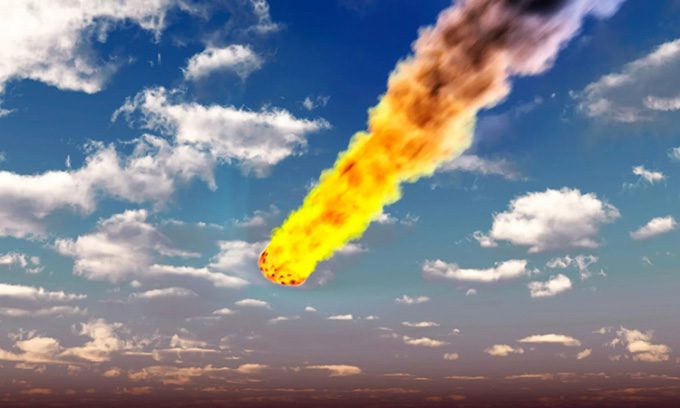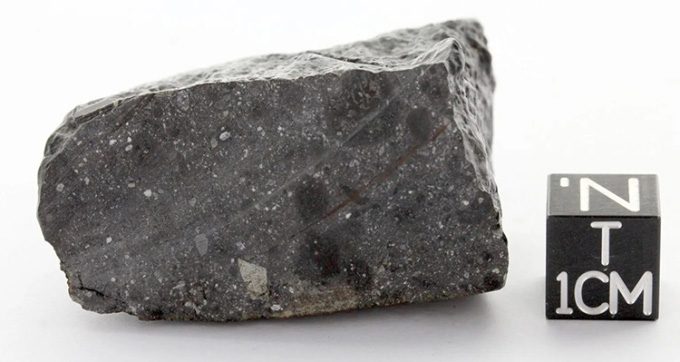Millions of space rocks enter Earth’s atmosphere each year, but not all of them are large enough to reach the surface.

Simulation of a space rock burning up in Earth’s atmosphere. (Photo: Roger Harris)
Space rocks that land on Earth are known as meteors. Approximately 66 million years ago, a massive meteor estimated to be up to 10 km wide struck what is now the Yucatán Peninsula in Mexico, leading to the extinction of the dinosaurs. However, such collisions are extremely rare. Instead, most space rocks are small and burn up completely in the atmosphere, appearing as shooting stars.
Scientists estimate that millions of space rocks enter Earth’s atmosphere each year, but only fewer than 10,000 of these “survive” the high-speed friction with the air and ultimately land on the ground, rivers, or oceans.
This number is significantly lower than that for the Moon, which has no atmosphere. According to NASA, about 33,000 meteors the size of a ping pong ball strike Earth’s natural satellite each year. Despite their small size, each of these impacts exerts a force equivalent to 3.2 kg of explosives on the surface. Additionally, around 10 to 1,000 tons of dust (smaller than 1 mm) collide with the Moon every day.
Space rocks are often fragments of asteroids or comets. However, some may originate from planets or moons. According to the Meteoritical Society, more than 300 known meteorites have been traced back to Mars.

Mars fragment NWA 7533 fell in the Sahara Desert in Northwest Africa. (Photo: University of Copenhagen)
To estimate the number of meteors that hit Earth each year, astronomer Gonzalo Tancredi in Montevideo, Uruguay, analyzed data collected by the Meteoritical Society. From 2007 to 2018, there were 95 reports of meteors falling to Earth, averaging about 7.9 reports per year.
It is impossible to know exactly how many meteors fall into the oceans and sink to the bottom unnoticed. However, 29% of the planet’s surface is covered by land. Tancredi notes that urban areas, where about 55% of the population lives, account for approximately 0.44% of the land area.
The astronomer estimates that the total number of meteors falling on land is equal to the number of reported meteors in urban areas divided by the percentage of Earth’s land covered by urban areas.
According to Tancredi, space rocks approximately 10 meters wide are expected to enter Earth’s atmosphere every 6 to 10 years. Rocks large enough to cause explosions like the Tunguska event in 1908 in Russia occur about once every 500 years. An impact from a rock about 1 km wide is estimated to happen every 300,000 to 500,000 years, while a catastrophic collision like the event that ended the Cretaceous period and wiped out the dinosaurs could occur once every 100 million to 200 million years.





















































